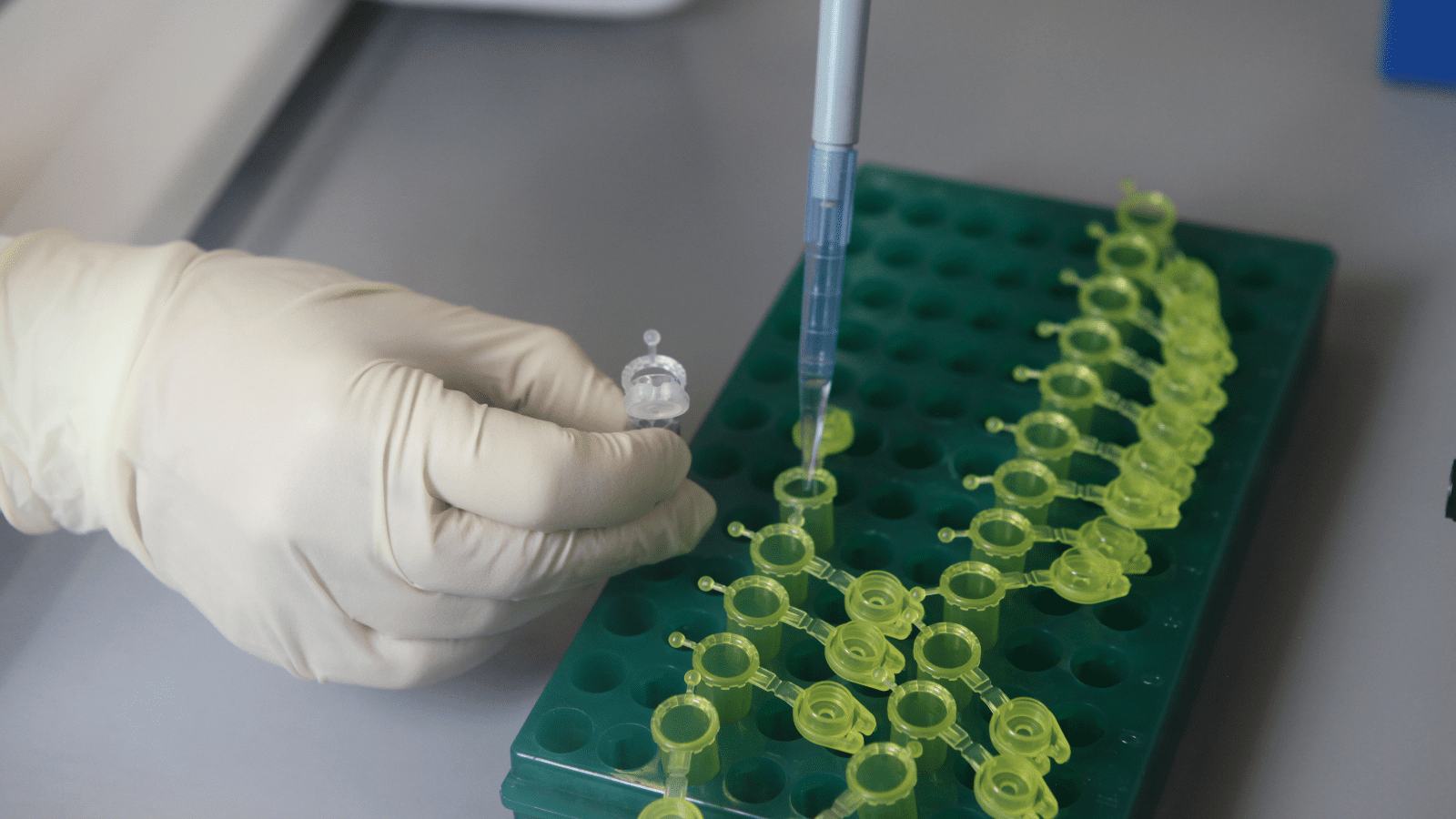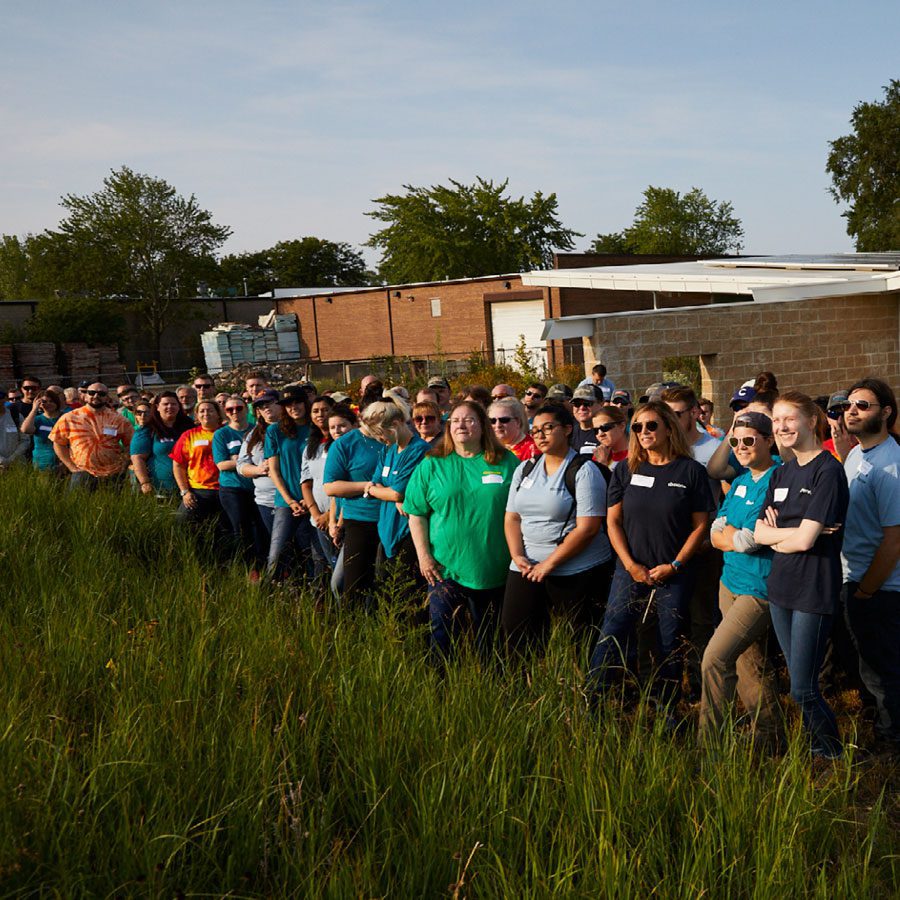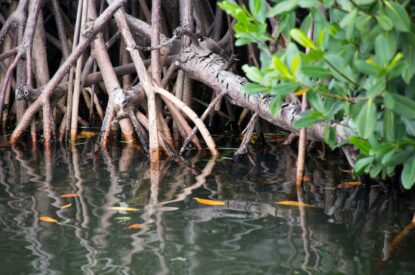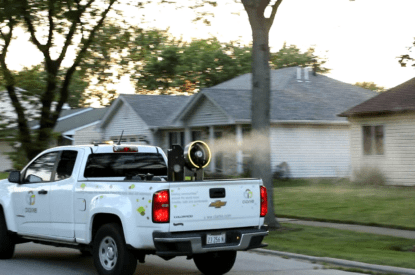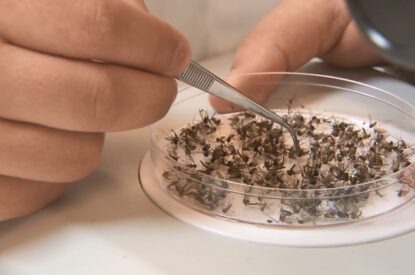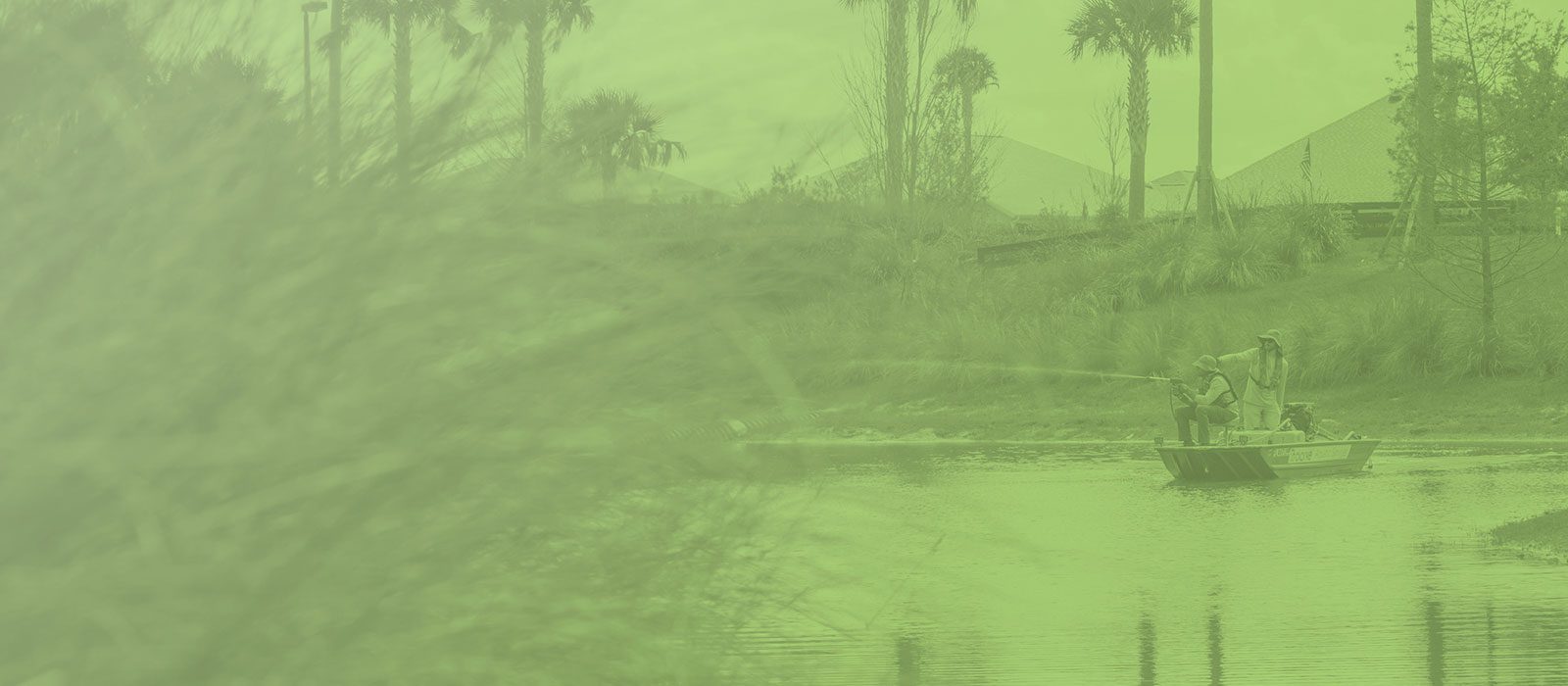Natular® Larvicides
| Weight | N/A |
|---|---|
| Dimensions | N/A |
| Length of Control | Residual, Single Brood |
| Formulation type | Granule, Liquid, Tablet, Water Soluble Pouch |
| Labeled Treatment Areas | Certified Organic Areas |
| IRAC Mode of Action | 5 NACHR Allosteric Activator |
| Active Ingredient | Spinosad |
- A complete portfolio of larvicides with a naturally derived active ingredient, Qalcova brand spinosad
- Unique mode of action and novel class of chemistry for public health mosquito control
- Available in 8 different granular, tablet and liquid formulations
- First mosquito larvicides designated as Reduced Risk by the U.S. EPA
- 5 WHO PQ Listed formulations
- Multiple OMRI® Listed formulations for use in and around organic agriculture
- U.S. EPA Presidential Green Chemistry Challenge Award Recipient
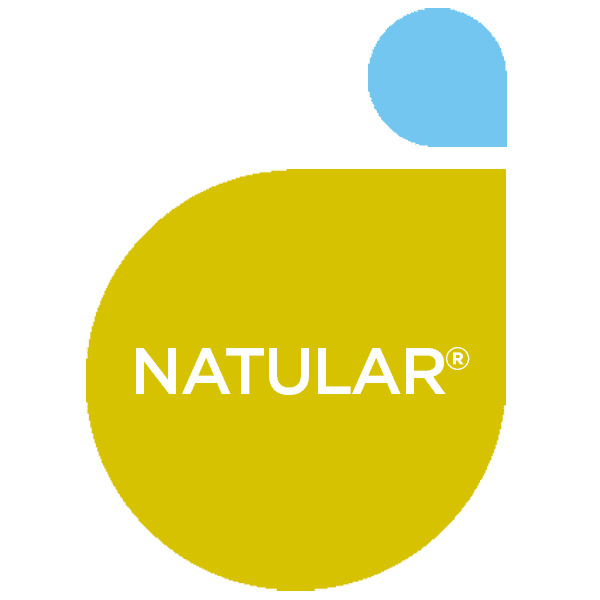
Product Details
About Natular®
Introduced in 2009, Natular® is like no other mosquito larvicide in the world. With formulations developed and manufactured exclusively by Clarke, its patented active ingredient, Qalcova brand spinosad, is a product derived from a naturally occurring soil bacterium that provides the right balance of efficacy with environmental stewardship.
Natular formulations are designed to meet the treatment needs for a wide range of environmental habitats, and are excellent rotational product options for responsible resistance management. Most Natular formulations (except Natular DT, designed specifically for containerized water sources) are OMRI Listed for use in and around organic farms and gardens.
- First IRAC Class 5 Larvicide
- Five WHO PQ Listed formulations
- First U.S. EPA Reduced Risk Larvicide
Natular is the first public health larvicide in the IRAC Class 5 chemical classification, delivering a unique mode of action that works on all four stages of feeding mosquito larvae. It has been tested to demonstrate efficacy on twenty of the most common vector and nuisance mosquito species, including Aedes, Anopheles and Culex. This makes it an excellent tool to suppress mosquito populations before they hatch while helping avoid or fight resistance.
Natular Formulations Review
Natular is a mosquito control product for use “Where Public Health Meets Public Preference.” The Natular line of larvicides includes eight different formulation options to fit a wide range of habitats. Each formulation type offers exceptional handling characteristics and proven, reliable efficacy.
![]()
Note: The Natular brand and formulation names may vary across different countries outside of the United States, in order to comply with local regulatory or trade requirements. For questions about Natular registrations in a specific county, please contact your local Clarke representative or our Customer Care team.
Natular and the Environment
Spinosad was the first mosquito larvicide active ingredient registered under the EPA’s Reduced Risk program due to its reduced risk to human health and non-target organisms when compared to other available alternatives. Spinosad is of low acute and chronic toxicity to a wide range of non-target species, including mammals, birds, terrestrial wildlife, and fish.
Clarke earned the 2010 U.S. EPA Presidential Green Chemistry Challenge Award for the tablet technology it developed for use with Natular. This prestigious award recognizes outstanding chemical technologies that incorporate the principles of green chemistry into chemical design, manufacturing and use, and that have been or can be utilized by industry in achieving their pollution prevention goals.
Spinosad in Soil
Spinosad degrades readily in the soil environment and is non-persistent. Exposure to sunlight accelerates the degradation process.
Spinosad in Water
By design, larvicides are intended to be applied to standing water sources to prevent mosquito breeding for a specific length of time. As an active ingredient, spinosad degrades rapidly in water, with exposure to sunlight and presents a relatively low risk to beneficial and non-target insects when compared to other broad-spectrum insecticides. Under laboratory conditions, spinosad is toxic to some aquatic invertebrates, primarily upon chronic exposure. Fortunately, the rapid degradation of spinosad in natural aquatic environments prevents the long-term exposure that would be needed for these effects to occur in real-world situations.
Spinosad and Animals
When applied as indicated on the label for control of mosquito larvae, Natular will not endanger human or animal health. Spinosad is not toxic to mammals. Spinosad is not carcinogenic, not genotoxic, and is not a reproductive or developmental toxin.
Spinosad and Pollinators
The EPA has determined that when liquid Natular products are used according to label directions, they should not pose a significant risk to honey bees or pollinators. Spinosad in liquid form has been used extensively in more than 85 countries with over 250 registered crop uses since its first launch in agriculture without any reported adverse effects on bees. Granular and tablet formulations of Natular will not pose a bee hazard given their application method.
Applying Natular
Natular larvicides are available in eight different formulations, all designed for different habitats, lengths of control and application methodologies. Please refer to each product label for specific application guidance, but generally, Natular formulations may be applied by air, through air blast machines such as a Buffalo Turbine, through a backpack and/or by hand.
Frequently Asked Questions
What is the active ingredient in Natular® larvicides?
Spinosad. It is a naturally derived active ingredient produced during fermentation by the soil organism, Saccharopolyspora spinosa. The natural metabolites produced during the fermentation process were termed “spinosyns.” Spinosad is the collective term for the two most prominent and most active compounds in the fermentation broth (spinosyn A and spinosyn D). Hence the name “Spinosad.”How is Natular’s active ingredient spinosad manufactured?
Spinosad is produced in a state-of-the-art fermentation facility in the United States, using natural feedstocks to maintain the fermentation process.How does the active ingredient in Natular formulations control mosquito larvae?
Spinosad has a novel mode of action; it alters the function of insect nicotinic acetylcholine receptors in a unique manner. Ultimately paralysis sets in upon ingestion and contact and the mosquito larvae don’t recover.What are the inert ingredients in Natular?
Natular G30 is a silica-based granule. All inert components in Natular G30 are non-synthetic (natural) or are synthetic components which do not contribute to mammalian or aquatic toxicity.Are Natular formulations suitable for use in organic agriculture?
Most formulations of Natular registered for public health mosquito control with the US EPA are listed by the Organic Materials Review Institute (OMRI) for use in and around organic agriculture. Natular DT, which is designed to control mosquito breeding in containerized water sources, is not OMRI Listed, given its highly-targeted, contained use pattern.Is Natular a resistance management tool?
The active ingredient in Natular products, spinosad, is the only active ingredient currently used for mosquito control that is designated by IRAC (Insect Resistance Action Committee) as Group 5. The benefit of this is that it has no cross-resistance with existing products – making Natular an excellent option for resistance management.
